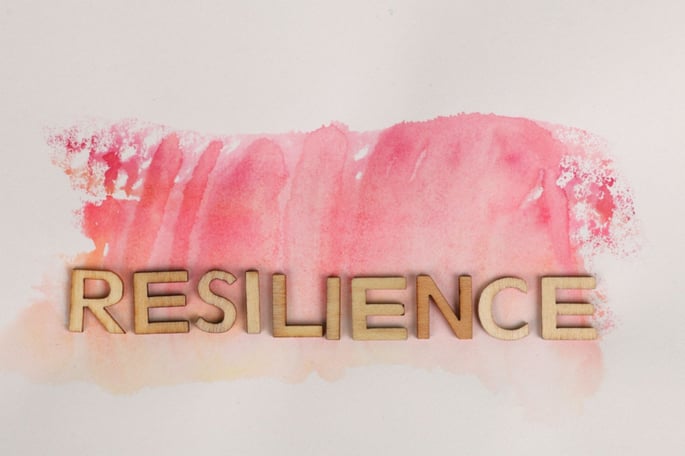What exactly is this effect and what triggers it?
3-minute read
Welcome to this month’s edition of Study of the Month.
The other day, I broke my diet by eating a giant tiramisu that my wife made (apparently the pandemic has made her a super-chef). The dessert was delicious, but I also felt bad about eating it. To make matters worse, she also made some yummy cookies. I ended up gawking at those cookies for 5 straight minutes as a war raged inside of me. It went something like this:
Left brain: “Roi, stop this weak-ass nonsense. Walk away from the cookies. Eating more is the definition of irrational. Think about your future self. You messed up, own it, and recommit. Do it now!”
Right brain: “Come on now, you already broke your diet, what’s a little more? Oh, you feel bad, do you know what will make you feel better? A cookie! Plus, life is too short to worry about such things. Tomorrow is a new day."

Who won? Well, let’s just say it was not one of my finer moments. But it led me to wonder, what was going on? Why did I keep eating? So I turned to science for some answers.
The Study
Our tendency to relapse and indulge, aptly titled the What-The-Hell Effect, has been a subject of research for a few decades. In one famous study, researchers Janet Polivy, Peter Herman, and Rajbir Deo wanted to explore how the perception (not just the act) of overeating impacts our future eating behavior. They invited a group of undergraduate participants, some who were dieting and others not, to eat a slice of pizza prior to tasting and rating some cookies.
Secretly, the researchers were not interested in the actual cookie rating, but rather in how many cookies participants ate afterwards (the dependent variable). The twist in the study was that while all participants ate the same amount of pizza, the researchers presented the pizza alongside other slices to make the pieces look big, small, or regular (control group).
As it turned out, when the pizza slice was perceived as large, dieters ate almost twice the number of cookies than non-dieters. Being on a diet made participants especially vulnerable to the What-The-Hell Effect. Once they broke their diet rules (or so they thought), they were more likely to keep breaking them. This differential in outcome did not exist for either the smaller slice or control group (they ate roughly the same amount of cookies).
Why does this happen?
The What-The-Hell Effect shows up with many behaviors outside of eating (e.g. smoking, drinking, shopping, cheating, Netflix, etc.). It’s often the consequence of setting unrealistic goals that are focused on what we ought to stop doing, in contrast to what we want to achieve.
While ultimately irrational and self-defeating, its mechanisms are straight forward: loss of self-control leads to negative emotions, which in turn lead to behaviors to assuage those emotions. Our brain craves the fastest way out, which is then rationalized with “What-The-Hell” self-talk.
What to do
- Name it to tame it: Next time you feel the urge, call it out: “Not falling for the old What-The-Hell Effect. Not this time.”
- Show self-compassion: Research shows that when people receive messages not to be hard on themselves, they are less likely to indulge after a relapse.
- Press the pause button: Take a 10 min break to regain cortical control.





